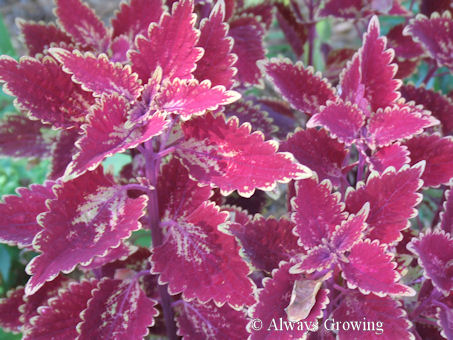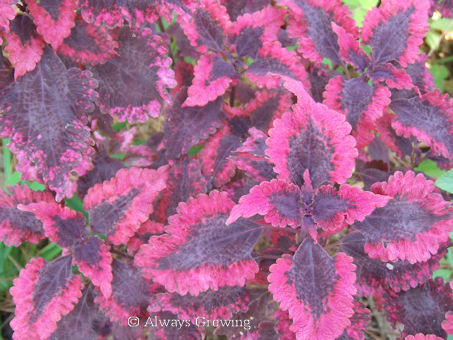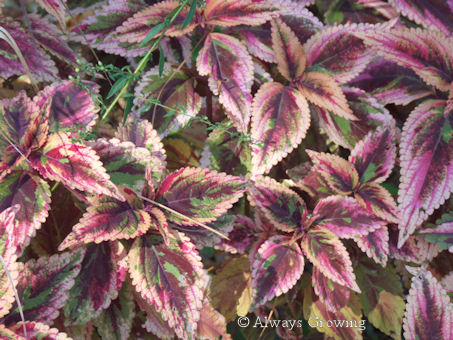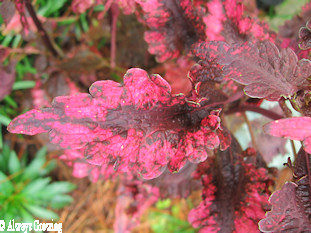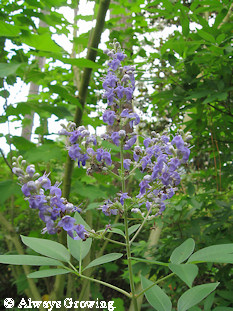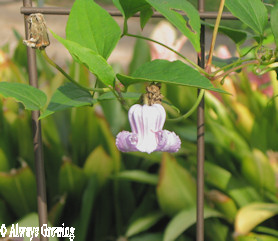“Tastes Change”, a copyrighted post, was written for my WordPress blog called Always Growing by Jan in Covington, Louisiana
High summer here means that with very hot temperatures most of the garden flowers have taken to resting. A few of the heat lovers are still hanging on, but there are not too many. When cooler temperatures come back in October, flowering will start again.
But right now, it is mainly foliage plants with a few flowers here and there that are bringing color. I have noticed that over the last two years, I have added orange to my garden color palette. I never used to like orange, but it has grown on me and in the right area does look good. Until recently, I hated orange colored flowers. I never planted orange marigolds, zinnas, or impatiens. Just didn’t like that color. But, tastes change.
I think the first orange bloomer I planted was a canna called Tropical Sunrise. This is its the third year in the garden, and there is a nice clump now.
This is planted near an orange coleus I purchased this spring. As soon as I saw this bright coleus, I knew it would be perfect placed near this particular canna and an orange daylily.
The daylily that is sharing the border with the coleus and canna is an old one passed along to me.
When the daylily bloomed next to Rustic Orange coleus, it was a great pairing just as I had imagined it would be.
To these orange colored plants I have to mention the orange hibiscus I wrote about recently and an orange lantana given to me by my sister.

It is funny how your tastes change over the years. I never thought I would have so much orange, I flower color I disliked, in my garden.










